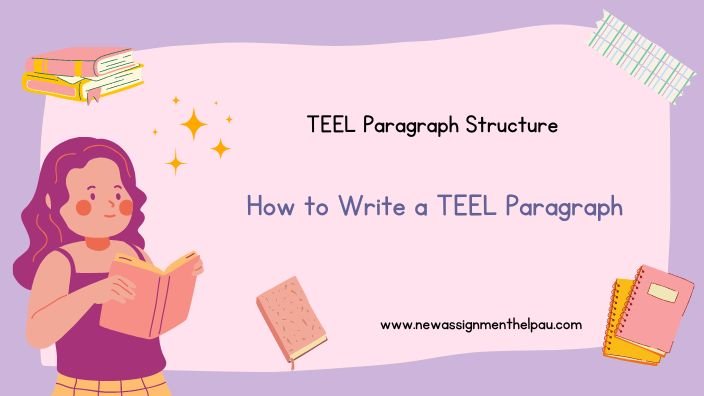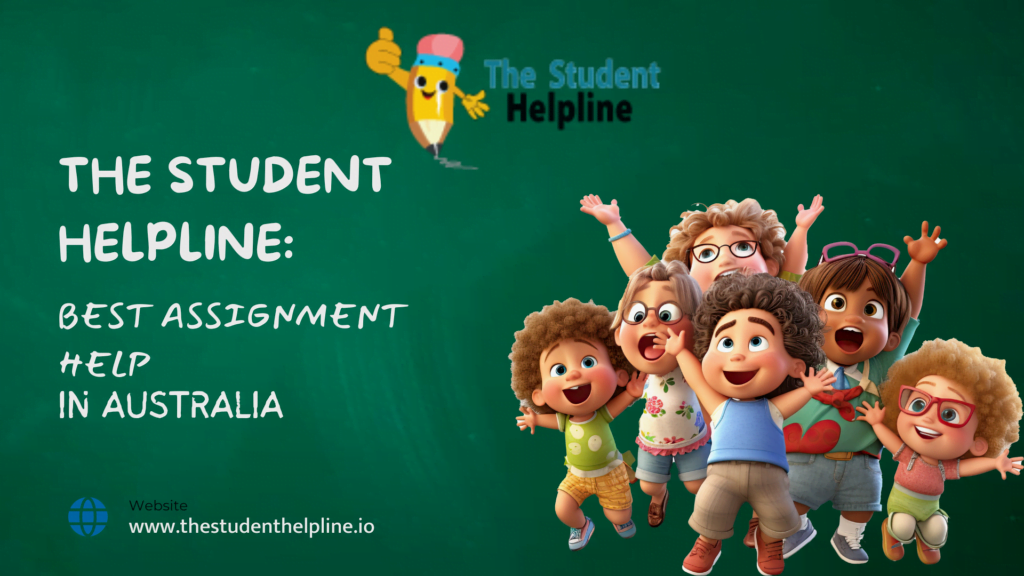Introduction
A well-structured paragraph is essential for academic writing because it enhances clarity, coherence, and persuasiveness. They allow the writer to present the ideas logically and systematically, making it easier for readers to follow the argument. The TEEL paragraph stands for topic, explanation, evidence, and link. It is a structure for writing a paragraph mostly in analytical or persuasive writing.
This article explores the significance of the TEEL paragraph structure in crafting clear, concise, and well-supported arguments in academic writing. Using TEEL ensures each paragraph is focused and contributes effectively to the overall argument, improving the quality and readability of the writing.
The importance of strong paragraph structure
It is important to have a strong paragraph structure that contributes to clear and logical writing. It helps enhance clarity and coherence by facilitating the logical flow of ideas. A well-structured paragraph ensures the message gives a comprehensive overview to the readers. So, well-organized paragraphs play a crucial role:
- By connecting ideas, and providing logical transitions between ideas.
- Ensures each point contributes to the overall argument.
- Helps in maintaining the focus and structure of the writing.
TEEL is a highly effective strategy for paragraph writing, due to its clear and straightforward structure. This approach ensures that each paragraph has a distinct focus, like beginning with a topic sentence that elaborates on the idea. It provides the necessary context and details attached with relevant evidence and facts. Finally, the link ties the paragraph back to the main purpose of the topic or enhances the transition smoothly to the next point.
In comparison to other structures like PEEL, the TEEL paragraph puts more emphasis on starting with a clear topic sentence, making it easier for students to organize their thoughts and maintain coherence. This structured format not only aids in writing clearly and concisely but also helps in developing a well-structured argument, making it an invaluable tool for students aiming to deliver high-quality academic work.
The components of the TEEL paragraph
Four components of the TEEL paragraph are:
- Example: The explanation on the topic of “renewable energy reducing carbon emissions” can include context about the environmental impact of fossil fuels, analysis of renewable energy benefits, and justification for its adoption. Additionally, renewable energy sources are more sustainable and can help in linking ideas seamlessly.
- Explanation: The explanation section of a paragraph elaborates on the main idea introduced by the topic sentence. This section delves deeper into the topic by offering insights, details, and interpretations that support the topic sentence to ensure the readers understand the significance of the topic.
- Example: “ Renewable energy reduces carbon emission” is strong whereas “ Energy is important” is weak. A strong topic sentence ensures clarity and coherence in the writing.
- Topic sentence: It is the first sentence in the body paragraph. It introduces the main idea and argument that will be discussed in that paragraph. It should be a clear, concise, and specific topic sentence that relates directly to the main topic of the writing.
- Evidence: Evidence is the material that supports the argument. The evidence can be collected from various sources like journals, statistical data, surveys, and other research findings. Evidence strengthens the argument and makes it more convincing.
- Example: For the topic “ Renewable energy reduces carbon emission” its evidence might be like “According to the International Energy Agency countries that increased their use of renewable energy saw a 25% reduction in carbon emissions over the past decade”. This evidence strengthens the overall argument.
- Link: The final component of the TEEL paragraph connects the discussion back to the main argument or to the next paragraph. It ensures the paragraph contributes to the overall argument and maintains the writing coherence.
- Example: After discussing the benefits of renewable energy in reducing carbon emissions, a link sentence can be “Therefore, increasing the adoption of renewable energy is crucial for mitigating climate change”. This sentence ties the paragraph’s content to the broader argument about climate change and can also discuss specific renewable energy policies.
Benefits of using TEEL
The TEEL paragraph structure offers several benefits, especially for academic writing that are:
- Clarity and structure: TEEL provides a clear and structured approach, that ensures each sentence begins with a focused topic sentence that outlines the main purpose or idea.
- Logical flow: The systematic explanation of the topic supported by evidence and linking back to the main idea or transition to the next point, TEEL maintains a logical flow within the writing.
- Support coherence: Each component of TEEL contributes to the coherence of the paragraph, ensuring all the information presented is relevant and supports the central argument.
- Facilitates understanding: TEEL makes it easier for readers to follow the writer’s thoughts and understand the progression of ideas from one paragraph to the next.
- Effective communication: It helps writers to effectively communicate their arguments by providing a framework that ensures comprehensive coverage of each main point.
- Enhance analytical skills: TEEL paragraph structure allows the students to analyze the evidence and write an explanation. This explanation showcases the ability for critical and analytical thinking that is beneficial for both academic and personal development.
- Effective time management: TEEL structure provides a simple and efficient way to organize the writing. A technique like this can help the students to save time and complete the work more effectively.
Overall, TEEL paragraph structure is particularly beneficial, as it guides organizing thoughts and developing well-supported arguments structurally.
Challenges and Considerations
The TEEL paragraph is a useful framework for structuring paragraphs but there are some challenges and considerations to keep in mind that are:
- The strict adherence to TEEL can sometimes limit creativity and flexibility in organizing a paragraph. Potentially hindering the natural flow of the ideas.
- The students can struggle with oversimplifying complex arguments that could lead to superficial analysis.
- Linking various TEEL paragraphs to maintain a cohesive argument throughout the writing can be challenging.
- Choosing appropriate evidence to support the topic sentence and explanation requires research and critical skills
- It is important to ensure that each component contributes meaningfully while maintaining the balance between the explanation and the amount of evidence.
- For complex topics or arguments, TEEL will need additional structure to adequately address all aspects.
Addressing these challenges involves practice, flexibility in application, and awareness of when to adapt the TEEL structure to suit the specific demands of the writing task or topic.
Conclusion
In academic writing, the TEEL paragraph structure is crucial for clarity and coherence. It fosters structured thinking and strengthens the overall experience of academic writing. TEEL promotes a thoroughness and a systematic approach that empowers students, to craft compelling arguments supported by evidence. Embracing TEEL equips the students with a framework that not only aids in organizing their thoughts but also enhances their overall persuasiveness. Eventually, enhances the quality and impact of their academic work.











































